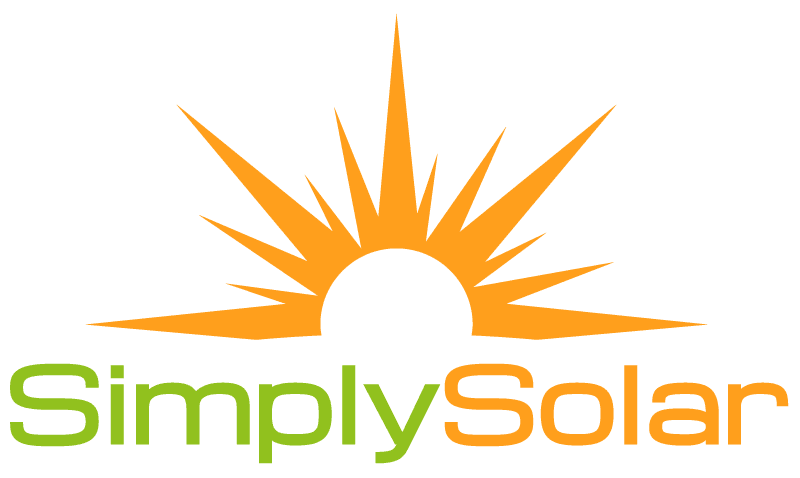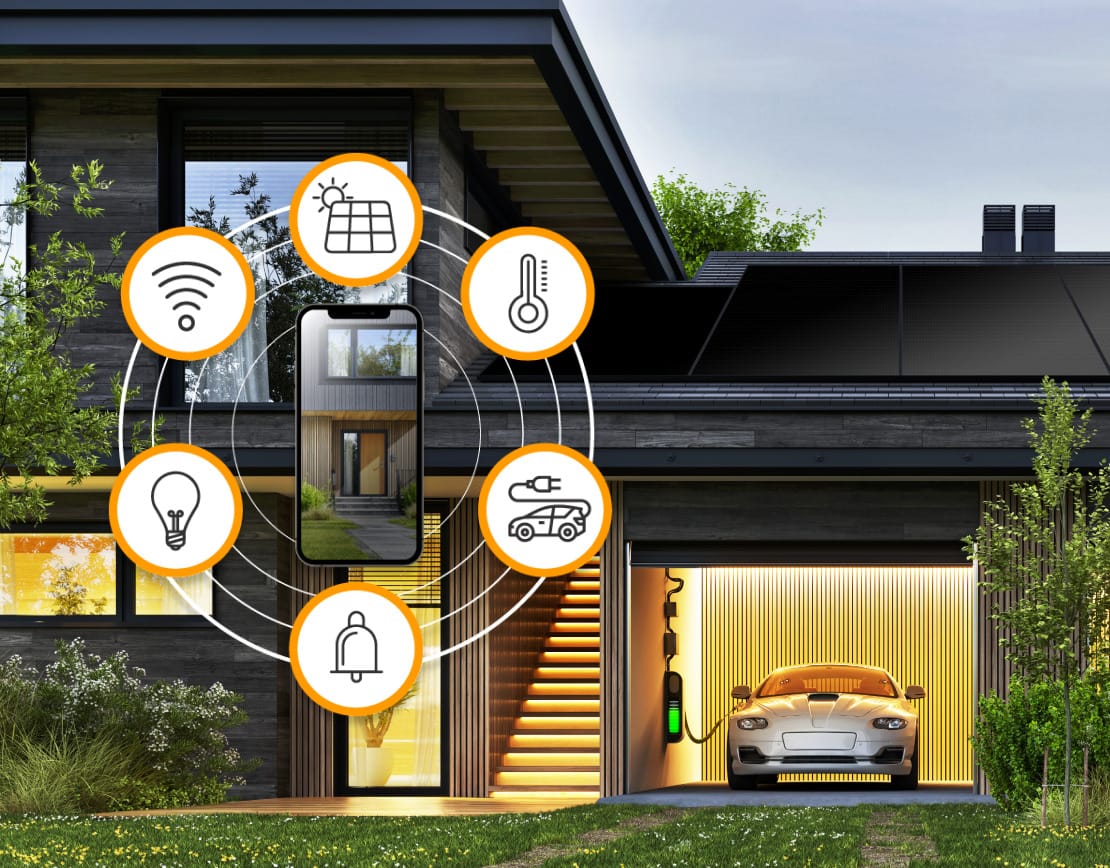Investigating Different Types of Solar
At Simply Solar, our mission is to help homeowners and business owners throughout the San Francisco Bay Area make the switch to solar power. We’re working to build a more sustainable future and save money for our clients along the way. Our expert solar consultants and engineers understand how to design a solar power system that maximizes efficiency for long-term ROI, which means considering the specifics of the structure and the type of solar panels that will be used in the solar array.
We strive to be a comprehensive resource for all things solar power in the Bay Area, and if you're wondering more about the different types of solar panels available, we're here to help.
What Kinds of Solar Panels Are There?
 Between hydroelectric, wind, and even geothermal, there are many options for generating renewable energy. But for most homes and businesses, no energy option offers the efficiency, longevity, or the ROI of a solar system.
Between hydroelectric, wind, and even geothermal, there are many options for generating renewable energy. But for most homes and businesses, no energy option offers the efficiency, longevity, or the ROI of a solar system.
At Simply Solar, we're proud to be the Bay Area's #1 solar provider, and we've helped countless homes & businesses of all sizes achieve energy independence and make the switch to solar power. But not all solar panels are created equal, and the type of solar panel you use will have a huge impact on the longevity, performance, and savings of your solar system.
When it comes to solar panels, there are three main options: monocrystalline, polycrystalline, and thin film. Each comes with its own set of advantages and disadvantages.
Monocrystalline Solar Panels
Monocrystalline is the cream of the crop when it comes to solar panels. These are the most high-tech panels on the market, offering the greatest efficiency, output, and longevity of commercially available solar panels today. Monocrystalline solar panels achieve an efficiency rate of between 16% and 20% energy conversion, with some panels even reaching rates as high as 22%!
Although monocrystalline panels are the most expensive up front, they offer the most savings by far in the long-run. A panel running at 20% efficiency creates far more energy than a panel running at 12%, which means higher savings in the long-run. The difference in energy production is staggering when considered over the lifetime of the panel.
This increased efficiency means monocrystalline panels also require the smallest amount of space. Especially for residential homeowners, this makes them a highly attractive option. Finally, these panels last the longest and most of them come with a 25-year warranty.
Polycrystalline Solar Panels
The very first solar panels were made with polycrystalline silicon, and polycrystalline solar panels still present an attractive option for some homes and businesses today. Polycrystalline panels are much easier to produce than monocrystalline, which means they're slightly cheaper, although they produce at a lower efficiency rating of around 13% to 16% and usually come with a shorter 20-year warranty.
That said, polycrystalline panels can still generate significant savings in electricity costs for home and business owners, especially those with enough space to install extra panels. Especially when installed with a string inverter, polycrystalline solar panels are a reliable, affordable option for homeowners that want to switch to solar but don't need the most efficient system.
Thin Film Solar Panels
Thin-film panels are made by layering thin pieces of photovoltaic material on top of each other. This is the simplest manufacturing process of all three options, which makes thin-film solar cells (TFSC) the least expensive option on the list.
However, a lower upfront cost doesn't necessarily translate to savings in the long-run. Thin-film panels convert energy at a rate of only 9% or so, which means it takes a much larger solar array to generate the same amount of power as monocrystalline or polycrystalline solar panels. They also break down faster than other panels, which means maintenance and replacement costs can add up over the lifetime of your solar system.
Even so, thin-film solar panels can be a good option for homeowners or business owners with a lot of space. Thin-film panels are less susceptible to high temperature and shading, which provides opportunities for homeowners with installation challenges to overcome.
Thermal (Pool) Solar
Finally, another type of solar roofing system that can provide savings with a lower upfront cost is thermal solar or more commonly referred to as pool solar. These systems can be installed for an average of $5,500, and typical models can heat a pool during warm weather months (April to October) to temperatures between 78 and 85 degrees.
Installing thermal solar on your home can significantly reduce costs associated with heating a swimming pool during warm weather months. As a comparison, it will cost approximately $5,500 to install thermal solar – but it's only an upfront cost. After that installation, the costs of heating the pool with be nothing.
A gas pool heater costs approximately $3,000 to install, plus an additional $1,800 each year for operation and maintenance costs. An electric heat pump costs about $5,000 for installation and $1,500 for yearly maintenance and operation. In both cases, thermal solar will pay for itself within the first two to three years, providing thousands of dollars in savings for every year after. Considering that thermal solar usually lasts 20 years before needing to be replaced, this translates to serious cost savings over the life of the system.
If you don’t have space for both, photovoltaic solar is usually the best option, as it will reduce your electricity costs significantly and provide the most savings. It will also help offset costs associated with running pool pumps and equipment, without having to install an entire pool solar system.
Schedule a Solar Savings Assessment Today
Solar power is a cost-effective way to power your home and living space. Switching to solar allows you to reduce your carbon emissions, lower your monthly bills, and enjoy the quality of life that you love while contributing to a brighter future for everyone. At Simply Solar, our mission is to make it easy for anyone to switch to solar – and if you're ready to get started, we're here to help. Take the first step to achieving energy independence and saying goodbye to your electric bill: get your free solar savings assessment today!
Sources
http://solarexpert.com/solar-education/solar-faqs/solar-pool/
http://energyinformative.org/best-solar-panel-monocrystalline-polycrystalline-thin-film/
https://www.seia.org/initiatives/photovoltaic-solar-electric

 Between hydroelectric, wind, and even geothermal, there are many options for generating renewable energy. But for most homes and businesses, no energy option offers the efficiency, longevity, or the ROI of a solar system.
Between hydroelectric, wind, and even geothermal, there are many options for generating renewable energy. But for most homes and businesses, no energy option offers the efficiency, longevity, or the ROI of a solar system. 

